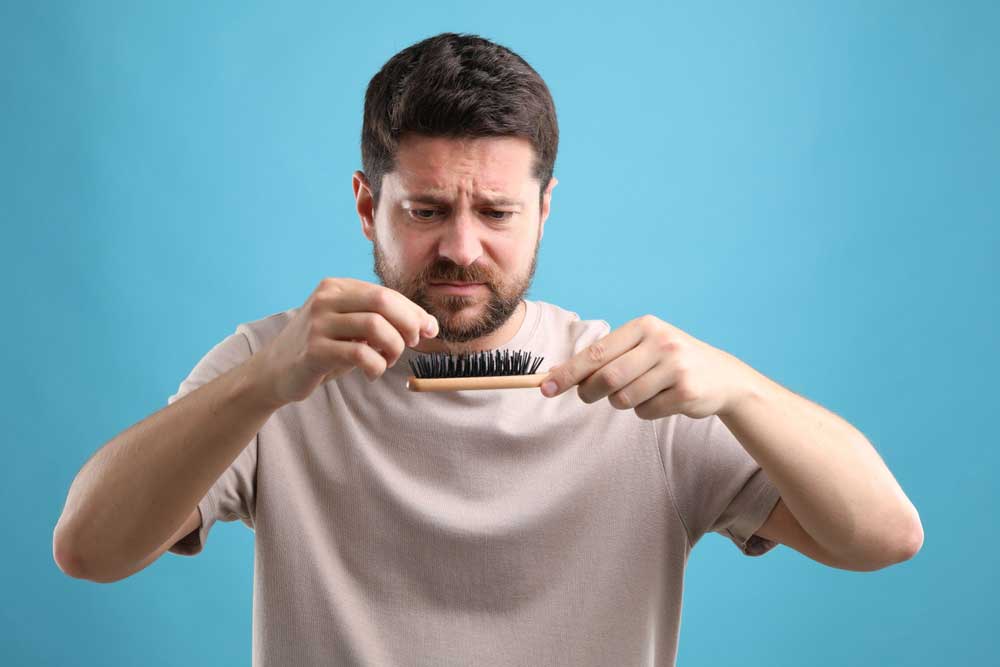What To Know Before Getting A Hair Transplant
- Eligibility For The Hair Transplant: It is essential to understand what makes one a perfect candidate for hair transplants; this will help you have realistic expectations and prevent future disappointments in case the exercise is unsuccessful.
Some Of The Factors That Determine The Eligibility Include:
- Causes Of Hair Loss: You are eligible if your baldness is from trauma, traction alopecia, or androgenic alopecia. If you suffer from full androgenic baldness (an autoimmune disorder, or alopecia totalis) then you are not eligible for a hair transplant. These conditions are however, extremely rare.
- Age: This is an essential factor. Patients above 21 years are the right candidate for the surgery. Generally, the older the patient is, the more their hair loss patterns will have stabilized. This results in potential results that are easier to determine.
- Abundant Donor Hair: This is another critical factor. The more adequate donor hair regions of a patient, the more hair you need for implantation. Patients without sufficient donor hair density are not the right candidate for the surgery.
Choosing The Right Hair Restoration Method For You
There are many treatment methods available, and this can be a difficult decision to make especially if you don’t know much about hair transplants. It is essential to understand the procedures for each technique and its advantages, eligibility, and how the treatments differ. Common hair treatments include; surgical and non-surgical.
The surgical methods include the FUT, FUE, and ARTAS iX Robotic Hair Transplant System. The non-surgical include Medications/Hair Boost, Regenera Activa, Capillus Laser Cap, and Scalp Micropigmentation
The steps of this procedure, as well as any other we offer, is listed and explained in detail for all patients during their consultation. We offer in-person and virtual consultation with our Patient Care Coordinator and Dr. Max.
If this interests you, feel free to call us at 954-945-2909 or click here to schedule a consultation online.
So, What Are The Steps In A Hair Transplant:
-
Drawing The Hairline:
This process entails mapping out the areas that we plan on restoring for your specific procedure. For some patients, this can be just focused on their hairline, while for others it may be their crown or other areas.
-
Shaving of Procedure Area:
This step can be optional, as we do offer No-Shave Hair Transplant. In the case of most procedures, we end up shaving the entire head area. Specifically for the purpose of extraction ease in the donor area and implantation for the area lacking density.
-
Administering Local Anesthetic:
Before the procedure begins, our team of surgery technicians and Dr. Max will prescribe medications to help the patient with any anxiety before we then administer a short-acting anesthetic that will take effect immediately. We then wait about 5 minutes for it to take full effect. A long-lasting anesthetic is then administered and then the procedure begins.
-
Extracting Grafts:
Depending on the hair transplant method, this stage is either done manually or robotically by creating very small punches for the hair follicle unit to be removed from the donor area.
-
Separating Follicular Units:
After extraction of follicular units, which are usually in groups of 1-3 hairs, they are then separated under a microscope to preserve every follicle.
-
Implantation:
The surgeon next creates the sites where the grafts will be placed. Tiny incisions are made at the hairline for the smallest 1 to 3 hair grafts. We use specific implanters with very small punches to further reinforce the no-scarring characteristic of this procedure. This is also why we promote the use of the FUE hair transplant approach as opposed to the FUT approach which leaves a horizontal, linear scar on the back of the patient’s scalp.


